READY TO GET STARTED?
REQUEST A FREE ESTIMATE
Fill out the form below or call (888) 466-7849 for a free, no-obligation estimate.
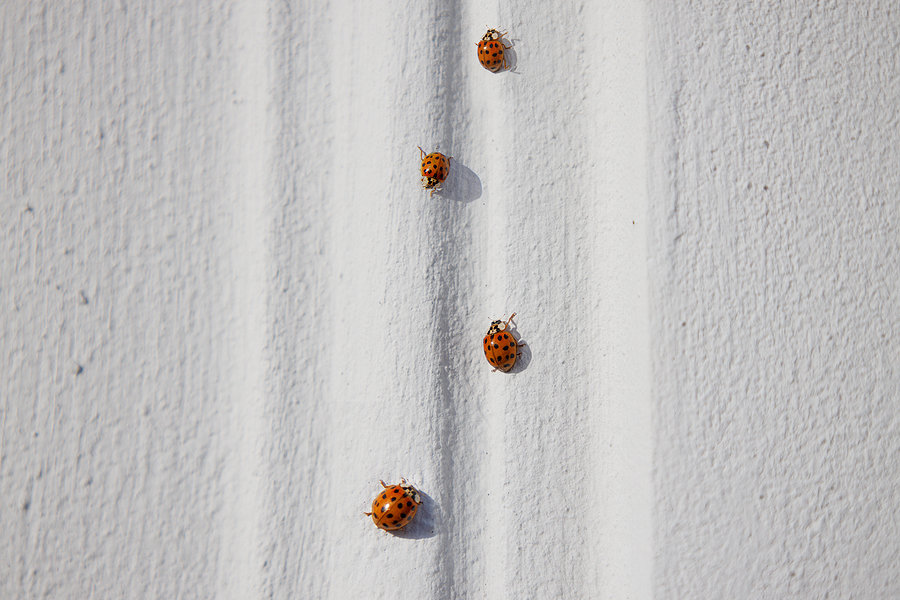
Ladybugs, with their vibrant colors and delicate appearance, are often seen as harmless garden visitors. However, when these charming insects decide to make your home their own, they can quickly turn from garden allies to household pests. In Georgia, ladybug infestations are not uncommon, and understanding how to identify, prevent, and eliminate these invaders is crucial for maintaining a pest-free home.
Ladybugs, scientifically known as Coccinellidae, are beneficial insects in gardens, feeding on aphids and other harmful pests. However, some species of ladybugs, such as the Asian Lady Beetle, can become unwelcome guests when they invade your living space in large numbers.
Ladybugs are typically small, round beetles with bright red or orange shells adorned with black spots. The Asian Lady Beetle, often mistaken for native ladybugs, can vary in color from yellow to orange and may have no spots or multiple spots. Proper identification is essential for effective pest control.
Ladybugs seek shelter indoors during colder months, making your cozy home an attractive refuge. They enter through gaps, cracks, and openings around windows, doors, and other entry points. Once inside, they can congregate in large numbers, creating a nuisance for homeowners.
If you find yourself facing a ladybug invasion or any other household pest issue, don’t hesitate to reach out to our expert pest control team. We offer free quotes and personalized solutions to keep your home pest-free.
Ladybug infestations may seem harmless at first, but they can quickly become a nuisance if left unaddressed. By understanding their behavior, implementing preventive measures, and seeking professional help when needed, you can ensure a ladybug-free home in Georgia. Take the first step towards a pest-free living space by requesting a free pest control quote today.
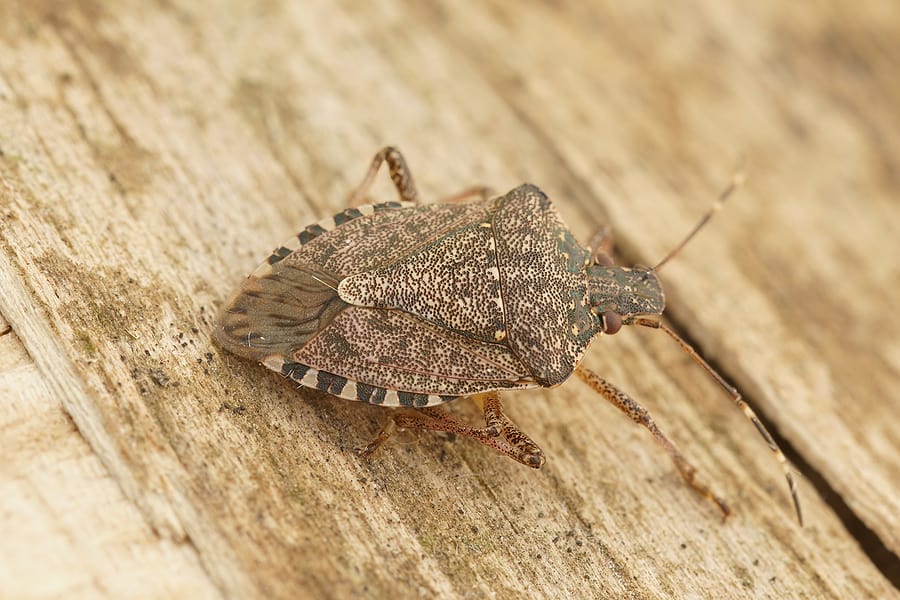
As the leaves change color and the temperature begins to drop, many people in Georgia eagerly await the arrival of fall. However, along with the beauty of this season comes a new set of challenges for homeowners – the invasion of fall pests. These household pests are often seeking shelter and warmth as they prepare to overwinter, making your cozy home an inviting destination. In this blog post, we’ll explore some common fall pests in Georgia and provide valuable tips on how to prevent their intrusion.
While fall brings cooler weather and beautiful landscapes to Georgia, it also heralds the arrival of these common fall pests. Preventing these pests from entering your home is crucial to maintaining a pest-free environment. Don’t let these overwintering pests ruin your autumn. Contact your local pest control company today for a free pest control quote to help protect your home and family.
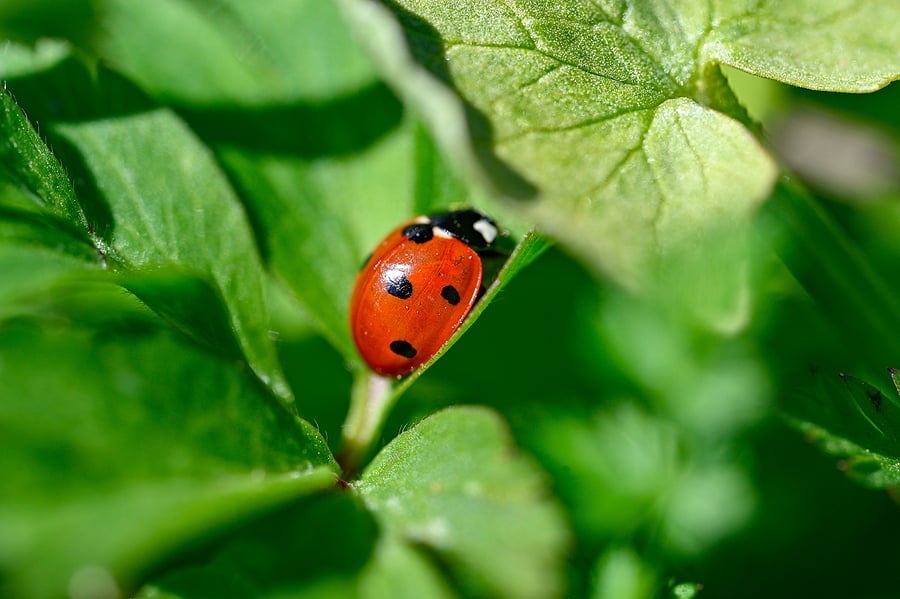
There are over 5000 species of ladybugs worldwide. These insects, also known as ladybird beetles or lady beetles, are common throughout North America. Their appearance varies depending on the species; colors can range from red to orange and they can have spots, stripes, or even no pattern on their dome shaped bodies.
Ladybugs are harmless to humans and are even considered to be good luck in some cultures. They are beneficial to have around as they eat aphids and other plant-eating pests. While they are harmless to us, they can stain walls and furniture in your home and give off an odor.
Ladybugs are most active from spring to fall. Once the weather cools off, they will search for warm, isolated places to overwinter, such as rotting logs, under rocks, or inside our homes. When the weather warms up again, they will emerge from their hiding spots, seemingly taking over the homes they infested.
You can get rid of ladybugs by:
If you have an issue with ladybugs or other household pests, contact your local pest control company for a free evaluation.
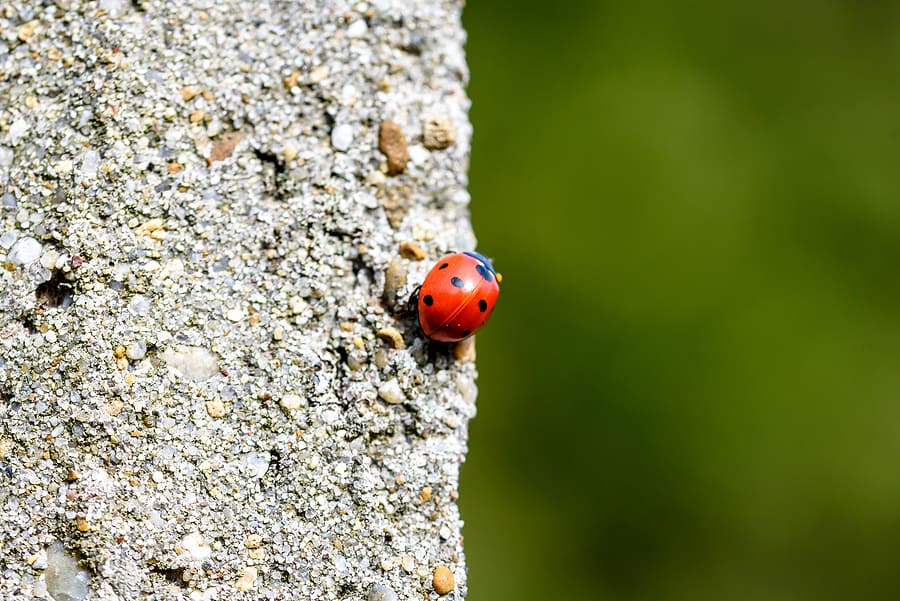
During the spring and fall you will often see an influx of ladybugs in your home. While they don’t pose a real health threat to you, they can stain carpets, upholstery, and walls. Why are these pests invading your house and how can you get rid of them?
Ladybugs will make their way indoors in the fall to overwinter in the warm shelter of your home. Once inside, they will hide until the warm weather of spring comes back around. It is at this time they will reemerge to try and return outdoors to reproduce.
Once inside, you will often find them clustered together in the corners of attics and basements or near doors and windows, especially those with large amounts of light. Once they make their way indoors, ladybugs will release a pheromone that signals other ladybugs to follow them.
Although they aren’t harmful, ladybugs can be a nuisance, especially when they invade in large numbers. You can prevent ladybugs by:
If your DIY efforts are futile or you just want the help of a professional, contact your local pest control company for an analysis.
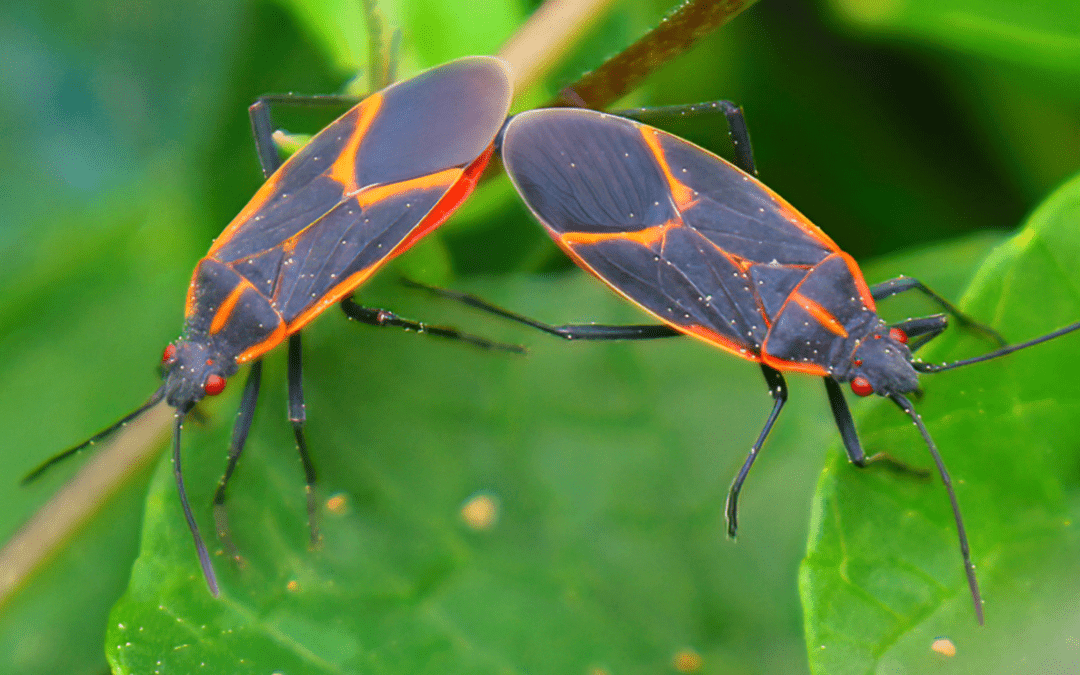
During the impending cooler months, some pests will begin seeking warmth and shelter for survival. These pests, known as overwintering pests, can survive cold temperatures due to these activities. There are three common overwintering pests: stink bugs, ladybugs, and boxelder bugs. They don’t cause any harm to you or your home, but they can become a nuisance once they get inside. Let’s break them down and discover the best ways to keep them away from your home.
These armor-shaped insects are an invasive species known to release an odor when disturbed or crushed. They pose no threat to humans or the structure of your home but can become a nuisance when an infestation occurs. They feed on a variety of plants, including fruits like apples, peaches, and figs. They prefer moist, mild climates and can be found in bathrooms and kitchens.
These harmless, overwintering pests are found worldwide and have over 5,000 known species. Ladybugs have an oval, dome-shaped body with a hard-shell wing that covers their inner wings. They are deemed beneficial and consume plant-eating insects, such as aphids, mealybugs, mites, and scale insects. During the colder months, they search for warmth and shelter. They can take over your home in a matter of days and can become a major nuisance when large populations congregate.
These pests are named for feeding off maple and seed-bearing boxelder trees in the warmer months. Boxelder bugs are sneaky pests that can easily make your home theirs. These pests are oval-shaped and elongated, with a reddish black body and orange markings on their back. They are considered more assertive than other overwintering species, puncturing skin when they feel threatened. The result is similar to that of a mosquito bite, so it shouldn’t be something to worry about.
If you suspect you have an overwintering pest infestation, contact a professional, local pest control company to provide you with a thorough evaluation and treatment plan.